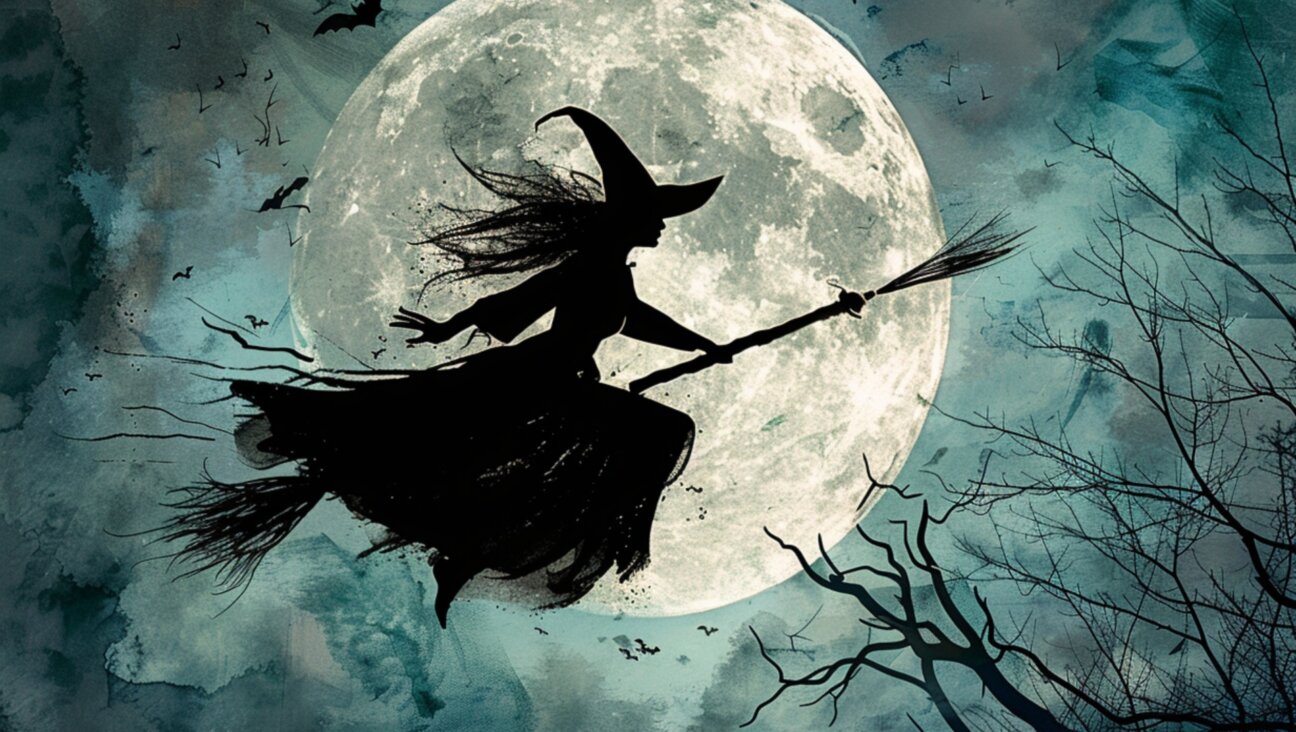Texas wants to teach kindergarteners about religion — is that indoctrination?
An old Supreme Court case differentiates the fine line between teaching religion and teaching about it

The U.S. Supreme Court issued a decision differentiating between lessons about religion, and ‘religious exercises.’ Courtesy of Getty Images
The separation of church and state is a foundational American value. But what that means in practice can be blurry — as shown by the debate over a controversial new Texas public school curriculum, which was approved Friday, after a contentious vote at which more than 100 people testified to the Board of Education.
The debate boils down to interpretation: Is a lesson focused on, say, the biblical story behind Leonardo DaVinci’s Last Supper a “religious exercise,” or a historical discussion on the influence of Christianity in Renaissance art? What about a kindergarten lesson on arranging a chronology of events that asks students to order the days of creation in Genesis? (This is especially difficult because there are two different creation orders in chapters one and two. But that’s not the point.)
Detractors say the lessons, created by Bluebonnet Learning, violate the separation of church and state, overly emphasize Christianity and will indoctrinate children too young to differentiate between history and religious stories. But its supporters say religion is a legitimate, and secular, topic.
With the curriculum likely to be challenged in court, judges might find themselves parsing a section on the Golden Rule focused on Jesus’ Sermon on the Mount.
“Several books of the Christian Bible describe a man who lived a long, long time ago — nearly 2,000 years ago — in a part of the world that is very far from here. The man was named Jesus. One of the books of the Bible describes Jesus giving a talk atop a small mountain,” the materials read. “Beyond the Sermon on the Mount, there are many rules included throughout the Christian Bible.”
It goes on to say that “there are also versions of the Golden Rule in the ancient books from other religions, including Hinduism and Islam.” But is this enough to balance the curriculum?
Teaching religion or teaching about religion
The judges who may end up deciding the question of whether the Texas lessons are secular or fundamentally religious themselves will refer to a 1963 case, School District of Abington Township, Pennsylvania v. Schempp.
Pennsylvania public schools at the time opened each day with a bible reading; a group of families, led by the Unitarian Schempp family, sued for discrimination. In court, the school district defended the practice, arguing that bible readings simply taught good morals, not Christianity. After pushback in the lower courts, the district allowed students to be excused from the readings. But this didn’t satisfy the Schempps, who brought it to the Supreme Court, which ruled the daily bible readings were a religious exercise, not a secular one. The majority opinion stated that the simple fact that the readings had to be from the Christian bible demonstrated favor toward Christianity.
This was not the first — nor would it be the last — Supreme Court case about school prayer. (In fact, an earlier one, 1962’s Engel v. Vitale, which banned a state-written non-denominational school prayer, was seen as a win by most Christians, who did not want the state to make doctrinal decisions.)
But Abington v. Schempp is notable for its delineation between a “religious exercise” and studying the bible “for its literary and historic qualities.”
“It might well be said that one’s education is not complete without a study of comparative religion or the history of religion and its relationship to the advancement of civilization,” wrote Justice Tom Clark, in the majority opinion. “Nothing we have said here indicates that such study of the bible or of religion, when presented objectively as part of a secular program of education, may not be effected consistently with the First Amendment.”
The birth of religious studies
Though the Abington v. Schempp decision was not aimed at higher education, it seemed to spark a shift in the academic field of religious studies.
Previously, though study of religion existed in academia, it was divided between more anthropological approaches — comparative religion became popular in the late 1800s, as Westerners became increasingly interested in Eastern traditions — and biblical or theological scholarship, which was usually tied to Christian practice. Seminaries and divinity schools analyzed history and religious text, but operated with the goal of ordaining ministers, not simply studying the tradition of religious practice.
In the 1960s, these areas united under the term “religious studies,” thanks in large part to the emerging idea of the secular study of religion. Scholars of religion made a concerted effort to distinguish their field from Christian theology, and universities began to form religious studies departments. The National Association of Biblical Instructors changed its name to the American Academy of Religion, which is today the largest scholarly society for the academic study of religions.
This shift firmly established the study of religion as a secular discipline, clarifying the ability to study religious themes and texts without promoting the religion itself. But even today, the discipline remains controversial, with many complaining that academic religious study is still rooted in the Christian traditions that preceded it.
The Texas curriculum
Today, the guidance on religion from the Department of Education allows courses on “religious influences on philosophy, art, music, literature and social studies” and “philosophical questions concerning religion, the history of religion, comparative religion, religious texts as literature, and the role of religion in the history of the United States,” provided that the class “is not used to promote or favor religion generally, a particular religion or a religious belief.” It also allows for religious music to be used in choir classes, provided the performance is not a religious exercise.
Defenders of the Texas curriculum say that its heavy use of the Christian bible and other Christian ideas or pieces of art are simply relying on the bible to illustrate ideas, not to teach religion.
But while some of the lessons do seem to fall under the auspices of teaching about religion’s influence, like the lesson on DaVinci’s famous Last Supper fresco — though its explanation of the New Testament story is longer than its descriptions of the painting itself — others are a strange new hybrid.
The kindergarten lesson asking students to order the days of creation from Genesis, for example, is clearly not teaching anything about the bible — it’s a lesson about counting. But it’s also not directly instructing students to believe the text they’re using. Instead, it leans on the bible as a prop to teach a completely unrelated topic.
Lessons on topics such as Queen Esther — the story is the basis for a lesson on “Fighting for a Cause” — and the Good Samaritan in a section on the Golden Rule seem to more clearly violate the Abington v. Schempp ban on “religious exercises” thanks to their moralizing tenor. And though the curriculum does reference other religions, the heavy reliance on Christian text could be read as a bias toward Christianity, regardless of whether it is used to illustrate religious ideas or not.
But at the end of the day, all of this comes down to tricky questions of interpretation; whether or not a court would determine the units in the Bluebonnet to be a religious exercise or not is ultimately a judgment call.
While the Court that sided with Schempp and outlawed bible reading might see bias, today’s Supreme Court emphasizes not the Establishment Clause of the Constitution — which forbids the government from establishing religion — but instead the Free Exercise Clause, which forbids the government from impeding the free practice of religion. This has led to a significant loosening of the rules around school prayer.
If the Texas curriculum is challenged in court, as is likely, it will all come down the justices’ interpretation of the standard set in Abington v. Schempp — are the lessons on Queen Esther or the prodigal son about religion, or are they religious themselves?

















